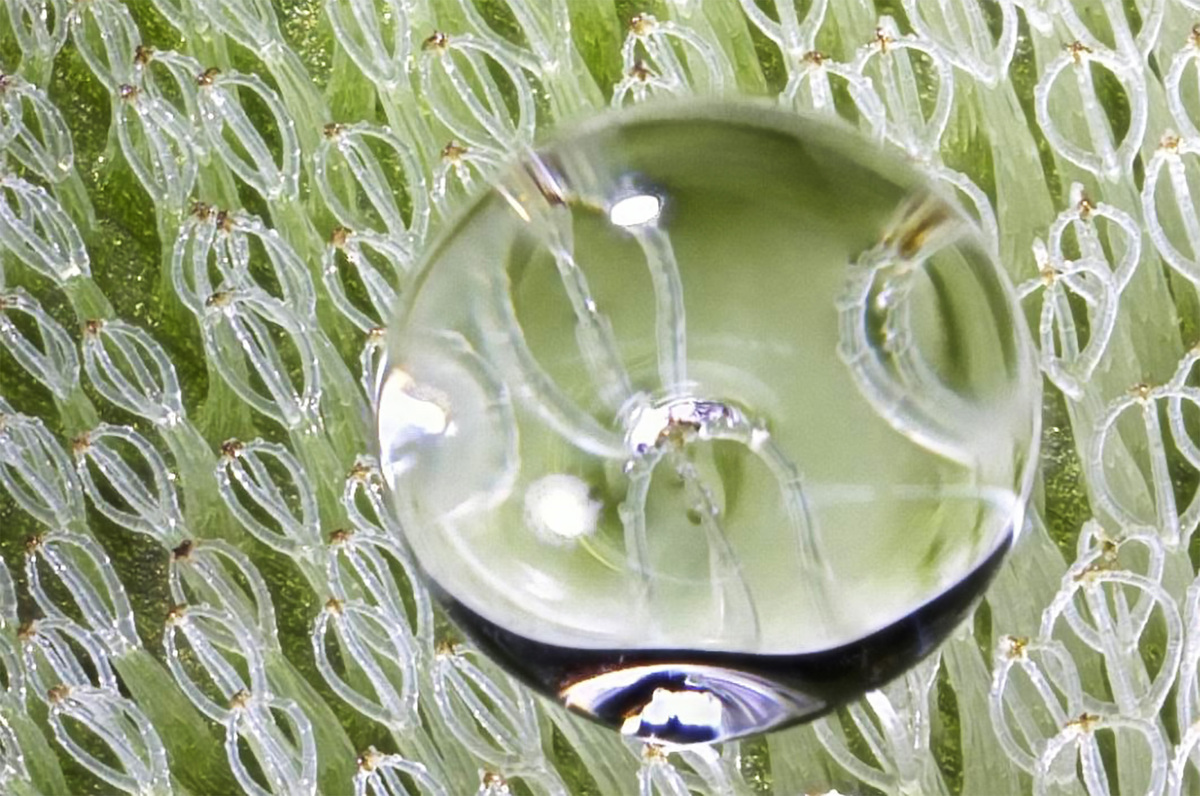Air Coating Makes Ships Glide through the Water more Easily
Under the AIRCOAT project, researchers from all over Europe develop an air coating that reduces frictional resistance of ships. They use the salvinia effect studied by Karlsruhe Institute of Technology (KIT). It allows an air layer to permanently exist under water. The European Commission funds AIRCOAT with a total of EUR 5.3 million. Of these funds, KIT receives about 1 million euros. The project is coordinated scientifically by physicist and nanotechnology expert Professor Thomas Schimmel, KIT.
The project started on May 01, 2018 and is scheduled for a duration of three years. It is coordinated by the Fraunhofer Center for Maritime Logistics and Services (CML), Hamburg. AIRCOAT (Air Induced friction Reducing ship COATing) is aimed at developing a passive air lubrication technology for ships, which contributes to the protection of the seas and the atmosphere. A self-adhesive foil attached to the ship’s hull generates a thin air layer that significantly reduces frictional resistance and, at the same time, acts as a physical barrier between the hull’s surface and the water. As a result, fuel consumption and exhaust gas emission of the ship can be reduced considerably. The air coating also reduces the emission of noise. Moreover, it prevents sea organisms from settling on the hull, so-called fouling, and a release of biocides from coatings below into the water.
Full Text: Press Release 053/2018
or, 02.05.2018

